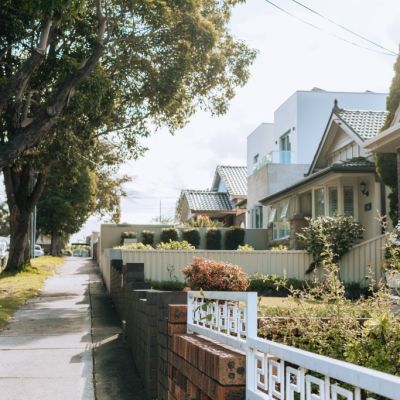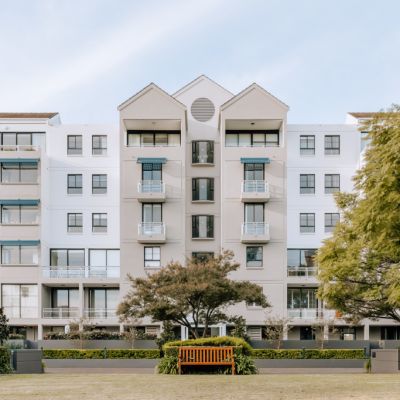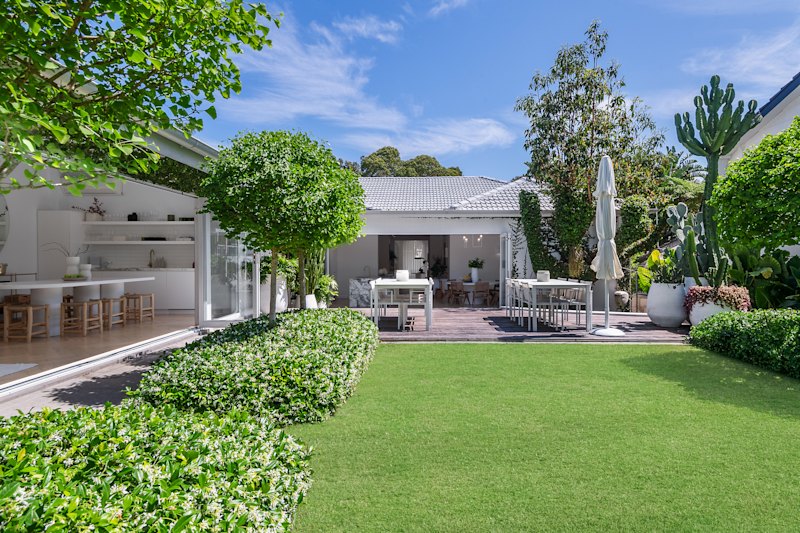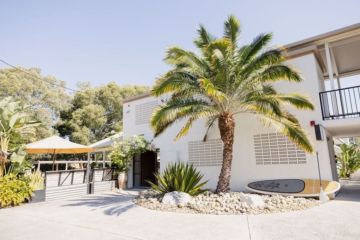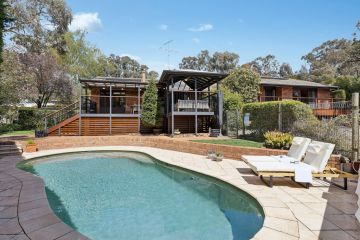Lemon to lemonade: Should you invest in a cheap but troubled apartment?
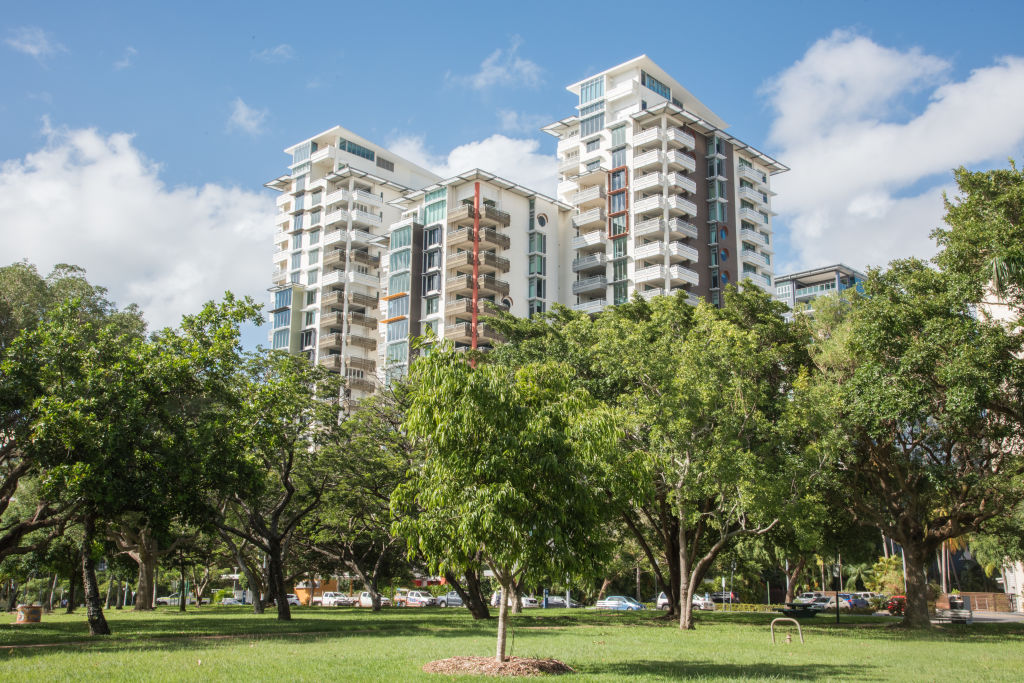
An apartment building looks like it’s crumbling, it may have structural issues, its cladding could be combustible and many of the unit owners are desperate to sell – and for very low prices.
While some investors will undoubtedly see it as a lemon, others might view it as an opportunity to make (very cheap) lemonade.
So, should you jump in on the chance of securing a real bargain, or steer well clear?
That all depends, advises Pattrick Esber, strategic partnership manager at AssetProjects, and a former strata manager. What sort of issues is it facing? Are they fixable, and how much money is that likely to cost? Is there a council order or is the government likely to come in and deem it unliveable?
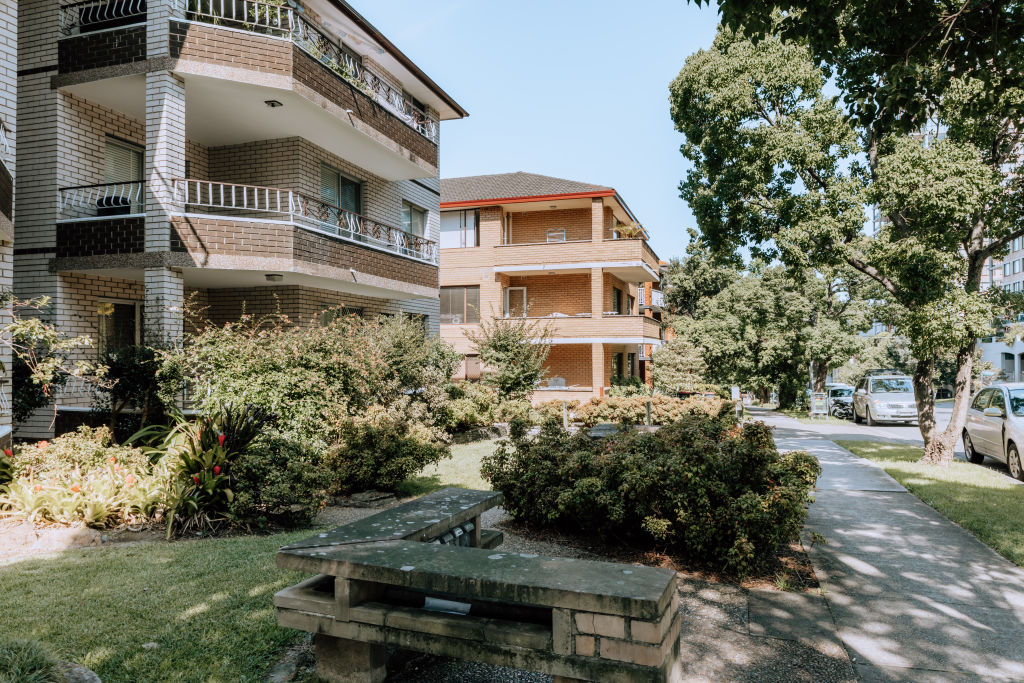
“You have to look more closely at a number of factors and then weigh them all up,” he says. “It might just be cracked rendering that makes the building look bad, but it’s not a big problem.
“Also, what’s the financial position of the owners corporation or body corporate? Their finances may be healthy, and they may have already budgeted for the work. There’s always a bit of a stigma about apartments. Some people would be happy to buy an old, rundown house and put money into it to get something of more value. It should be the same with apartments.
“You should look at money being spent as an investment and you’re going to get a return – something back of much more value.”
Investment property expert Ben Plohl of BFP Property Buyers always urges caution. Facade cracking, for instance, could be just on the surface or could indicate more serious structural defects or the ground below moving.
“It could be a bargain – or it could cost a lot and mean future headaches,” he says. “Hairline cracks could be OK, but it depends on the structural engineering. If the problems are to do with cladding, you need to understand what type of cladding it is and what has to be done to mitigate the problem.

“But you should always ask to see all the reports the owners corporation has before you make a decision. An independent report could cost you less than $1000, which could be a good investment too. You need to make sure you know what you’re buying.”
Being careful to read the minutes of strata meetings is also critical, says Property Investors Council of Australia chair Ben Kingsley.
“They will give you very clear clues as to the problems that may or may not exist,” he says.
“If the problems are serious, then you’ll have to take into account the possibility of special levies into the future.
“It also depends on whether it’s a small block with a well-run body corporate with a maintenance or remedial program in place, or a high-density block.
“You have to do your due diligence, and it might turn out to be an opportunity for a good investment, and you can come up trumps, or it may make people fearful. But it’s all on a case-by-case basis.”
We recommend
States
Capital Cities
Capital Cities - Rentals
Popular Areas
Allhomes
More
